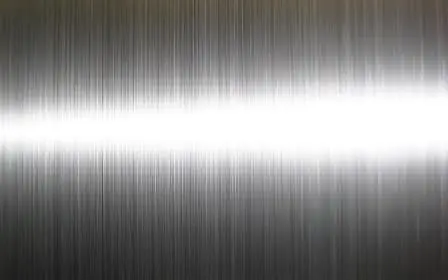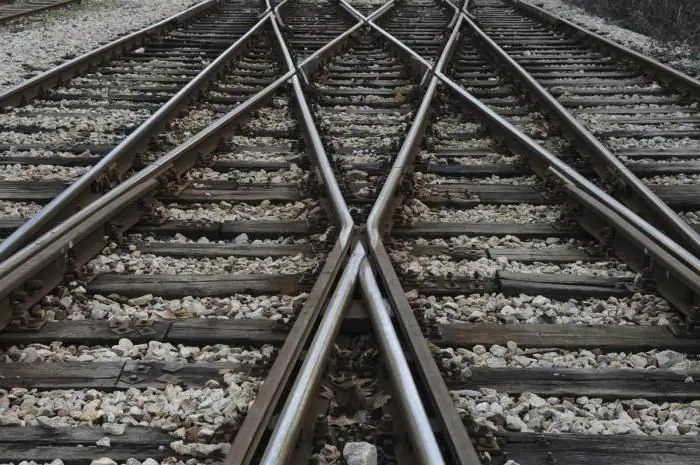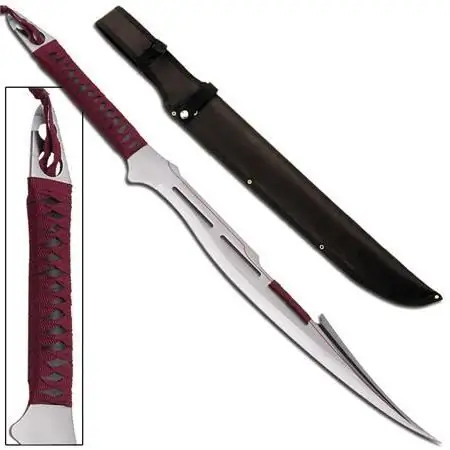2025 Author: Howard Calhoun | [email protected]. Last modified: 2025-06-01 07:12:56
As you can see from any steel and alloy brand, steel 10 is a low-carbon structural quality. This is how it is called in all technical documentation, but sometimes its name is abbreviated in a different way, namely ST 10. But one way or another, its name - both full and abbreviated - tells us a lot.
It is worth starting with the fact that the number 10 is indicated in the name of the steel grade for a reason. Anyone who is at least briefly acquainted with the Soviet GOST system, it immediately becomes clear that the number 10 in this case indicates the percentage of the main alloying element in the steel composition. As is clear from the technical explanation, in this case it is carbon (C).
Also from the name we know the main purpose of this particular brand. Structural steels are those steels that are directly intended for the manufacture of various kinds of structures, as well as various mechanisms and parts for them.

Steel 10 - GOST
Among the variety of different alloys, grade 10 steel does not stand out for its variety at alladditives in the composition. However, even such simple steel has them, which is why it is worth familiarizing yourself with them. So, steel 10 and its ligature composition as a percentage:
- carbon - 0.07-0.14;
- chrome - up to 0, 15;
- silicon - 0.17-0.37;
- nickel - up to 0.25;
- phosphorus - up to 0, 035;
- manganese - 0.35-0.65;
- copper - up to 0.25;
- arsenic - up to 0.08;
- sulfur - up to 0, 04.
Steel 10 characteristics
What are they? Based on the composition, it becomes clear that steel 10 (in comparison with a number of other alloys) does not differ in special hardness and strength. This is true, but for industrial structural steel this is not a minus. On the contrary, for a steel structure subjected to high loads, ductility will be the fundamental quality, which is why alloying elements contain additives that slightly reduce the final hardness, and as a result, the brittleness of the resulting alloy.
Among other things, such tricks have a number of additional favorable effects on the alloy. For example, steel 10 is not entirely susceptible to temper brittleness. This means that even when steel is used at elevated temperatures, its strength characteristics, namely impact strength, will either remain unchanged or increase slightly. It is precisely because of this property that it and similar steel are often used for, for example, boiler piping, where there is an aggressive temperature environment with respect to steel.
The next positive property of this steel grade- resistance to internal defects, such as flocks. Due to the homogeneous structure, the final product, even under the influence of high loads, will not be prone to splitting, chipping and cracking.
Last on the list, but not least, is the weldability of grade 10 steel. For a structural alloy, this property is no less important than its strength, because most steel structures are assembled on a welded joint, which means that the strength of such a joint should be maximum and the weldability of steel plays an important role in this.

Analogues
It is not surprising that such a simple "recipe" steel is not the only one of its kind. In addition to the Soviet grade 10, such alloys are widely used in other countries, but under different names. As an example:
- United States of America - M1010, M1012, S 1010;
- Europe - 1, 1121, 2C10, C10E;
- Japan - S10C, SASM1, S12C.
As you can see, steel 10 has quite a lot of analogues around the world.
Application

So where is this type of steel used? In fact, if we do not take into account the numerous analogues and substitutes for steel 10, then it is used literally at any enterprise in its various variations, whether it is a sheet, a strip, a tape, bars of various calibers, a square and a hexagon of various sections, as well as channels, beams, wire and pipes of different diameters.
Recommended:
Food stainless steel: GOST. How to identify food grade stainless steel? What is the difference between food stainless steel and technical stainless steel?

The article talks about grades of food grade stainless steel. Read how to distinguish food stainless steel from technical
Corrosion resistant steel. Steel grades: GOST. Stainless steel - price

Why metal materials break down. What are corrosion-resistant steels and alloys. Chemical composition and classification according to the type of stainless steel microstructure. Factors affecting pricing. Steel grade designation system (GOST requirements). Application area
Reinforcing steel: brand, GOST, strength class. Steel reinforcement

The article will tell you what reinforcing steel is, what it is, what GOSTs regulate its parameters
Steel: composition, properties, types and applications. Composition of stainless steel

Today, steel is used in the vast majority of industries. However, not everyone knows that the composition of steel, its properties, types and applications are very different from the production process of this product
440 steel - stainless steel. Steel 440: characteristics

Many people know 440 steel. It has established itself as a reliable, anti-corrosion, time-tested hard material, which is most often used for the manufacture of knives for various purposes. What is the secret of this alloy? What are its chemical, physical characteristics and applications?

